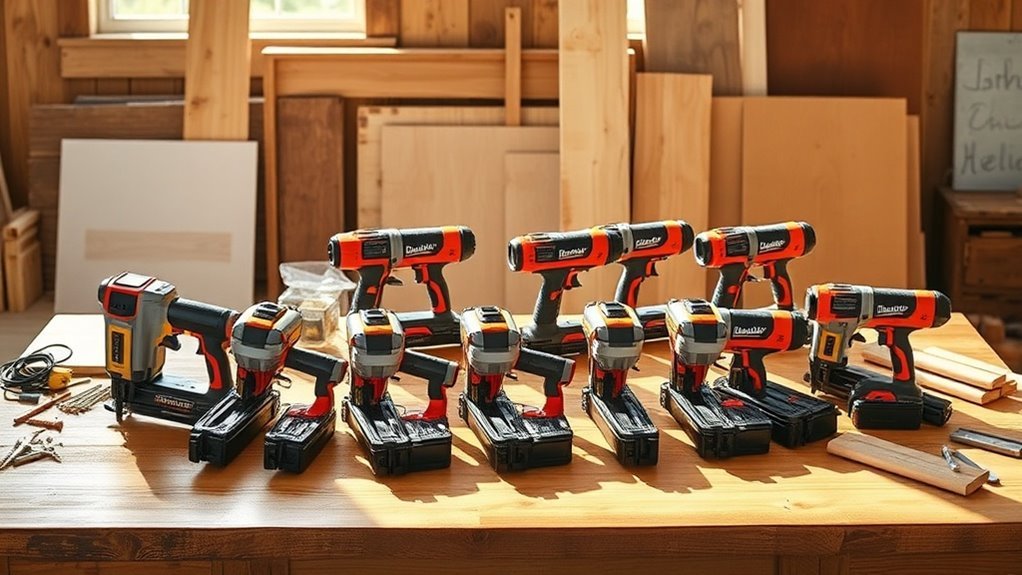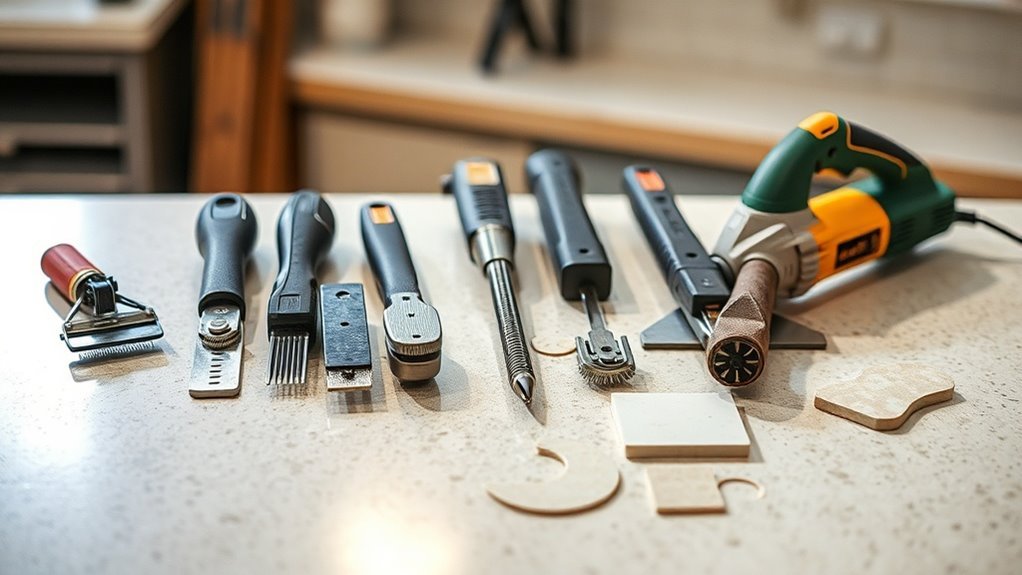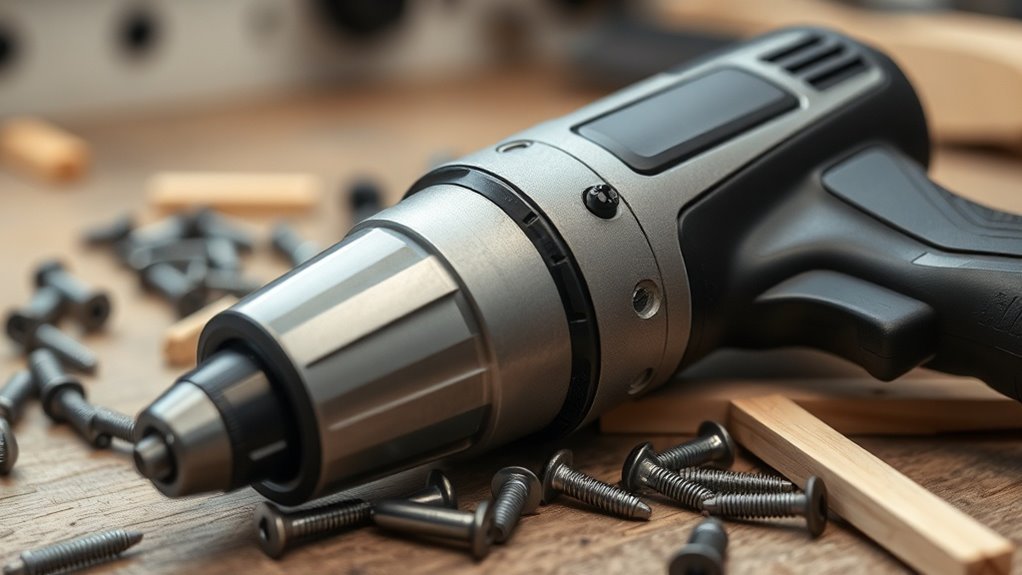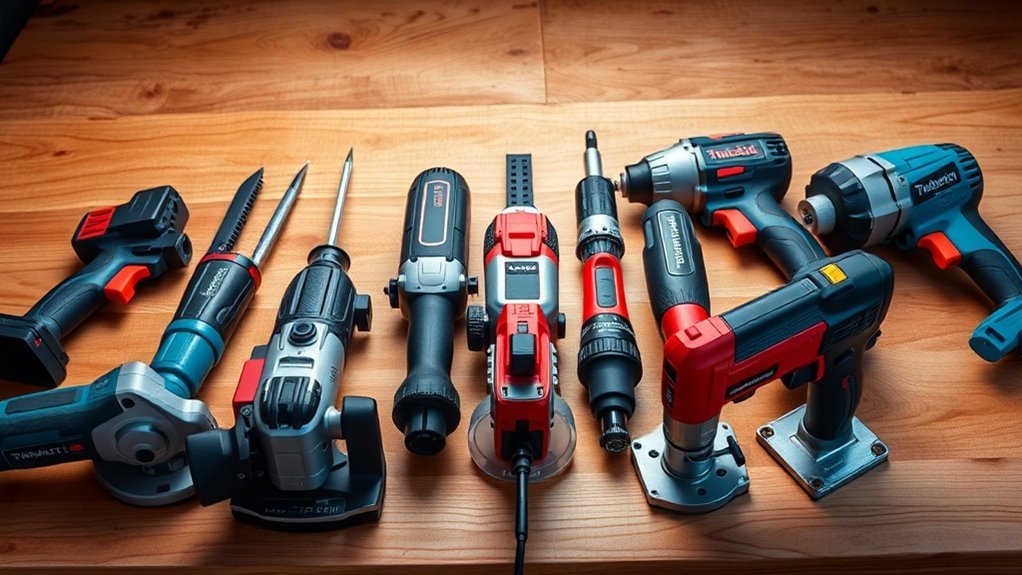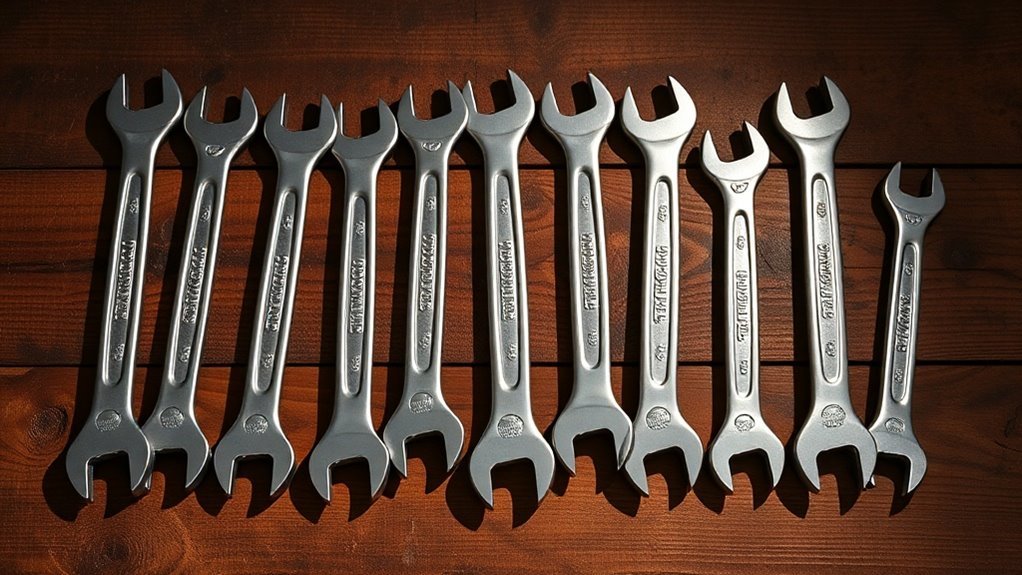Understanding the Different Types of Power Drills
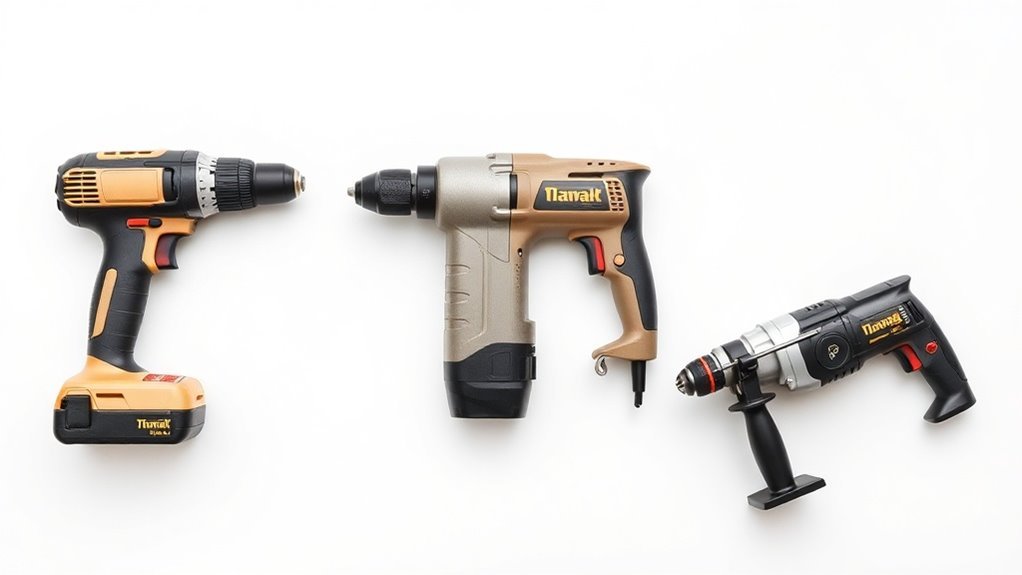
Understanding the different types of power drills can really make your projects easier. Corded drills deliver consistent power for heavy-duty tasks, while cordless models are great for mobility. Hammer drills excel in tough materials like concrete, and impact drivers are perfect for driving screws fast. Your choice should depend on materials and project size. There’s much more to explore about features and benefits, so keep going to uncover what suits your needs best!
Key Takeaways
- Corded power drills provide consistent power for heavy-duty tasks, ideal for materials like steel and concrete.
- Cordless power drills offer mobility and convenience, with lithium-ion batteries ensuring quick charging and consistent performance.
- Hammer drills are specialized for tough materials, combining rotary and hammering actions for efficient drilling in concrete and masonry.
- Impact drivers excel at driving screws with high torque, utilizing concussive blows for enhanced efficiency in tight spaces.
- Choosing the right drill depends on project materials, desired features, and usability factors such as size and battery life.
Corded Power Drills
When you need consistent power for heavy-duty tasks, corded power drills are often the best choice. Unlike their cordless counterparts, these drills plug directly into a wall outlet, providing unlimited runtime and reliable performance. This makes them perfect for extensive projects where battery life can be an issue.
With typically higher torque and faster speeds, corded drills excel in driving larger screws and drilling through tougher materials like steel or concrete. You won’t have to worry about recharging or running out of power mid-project, making them ideal for professionals and serious DIY enthusiasts alike.
Just remember to keep the cord clear of your workspace to avoid tripping hazards. Additionally, it’s crucial to use high-quality extension cords to ensure safety when powering your tools. Choose a quality corded drill, and you’ll tackle your toughest tasks with confidence.
Cordless Power Drills
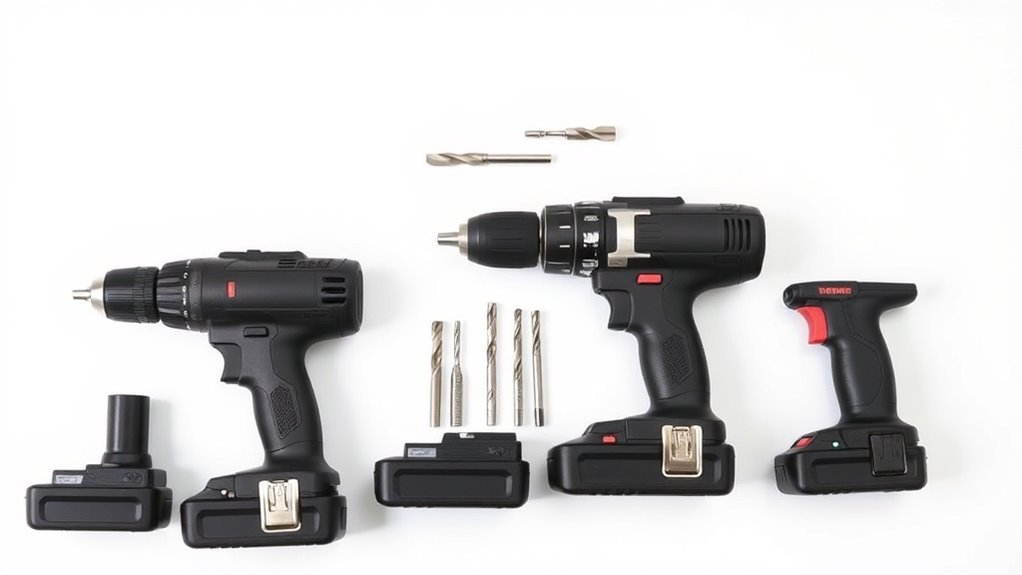
For those who value mobility and convenience, cordless power drills offer an unmatched level of flexibility. You can easily take them anywhere without worrying about finding an outlet. They’re perfect for both DIY projects and professional jobs, especially in tight spaces or outdoor settings.
You’ll appreciate the lightweight design and ergonomic grip, making it comfortable for extended use. Most cordless drills come with lithium-ion batteries that charge quickly and provide consistent power.
Plus, many models feature adjustable speed and torque settings, allowing you to tackle various materials with ease. With advancements in battery technology, you won’t have to compromise on performance. Additionally, it’s important to note that energy consumption during charging can impact overall efficiency and long-term costs when using cordless tools.
Hammer Drills
Hammer drills are powerful tools designed to tackle tough materials like concrete and masonry with ease. These drills combine rotary motion with a hammering action, allowing you to drill into hard surfaces efficiently.
Hammer drills effortlessly combine rotary motion and hammering action, making them ideal for tackling tough materials like concrete and masonry.
When using a hammer drill, you’ll want to select the right settings based on the material you’re working with, ensuring peak performance. It’s important to choose the right type of drill bit, such as masonry bits, to achieve the best results.
When working on challenging projects, remember to apply even pressure without forcing the drill, which can lead to damage. Understanding the relationship between RPM, torque, and speed can significantly enhance your drilling efficiency.
Finally, always wear safety goggles to protect your eyes from dust and debris, keeping your work area safe while you get the job done effectively.
Impact Drivers
Impact drivers are essential tools for efficiently driving screws and fastening materials, particularly when dealing with tough or stubborn fasteners. They deliver high torque and quick bursts of power, making them perfect for a range of projects.
If you’re considering using an impact driver, here are three key advantages:
- High Torque: They can handle tougher materials where standard drills struggle, preventing stripping and providing a secure fit.
- Compact Design: Impact drivers are generally smaller and lighter, allowing for easier maneuverability in tight spaces.
- Versatile Fastening: They’re suitable for a variety of fasteners, including lag bolts and wood screws, making them a go-to tool for DIY enthusiasts and professionals alike. Utilizing concussive blows alongside rotational motion, impact drivers enhance your ability to drive screws quickly and efficiently.
With these benefits, you’ll find impact drivers invaluable in your toolbox.
Choosing the Right Drill for Your Project
When tackling a project, selecting the right drill is essential to getting the job done efficiently and effectively.
Start by considering the materials you’ll be working with. If it’s wood, a standard cordless drill might suffice. For masonry or metal, you’ll need a hammer drill or a metal drill, respectively.
Consider the materials you’ll work with; a standard cordless drill is ideal for wood, but masonry or metal requires specialized drills.
Also, think about the size and comfort; a lightweight, compact drill can make a huge difference in prolonged use. Battery life is another key factor—opt for a drill with a lithium-ion battery for longer runtime.
Finally, assess the torque settings; more adjustable options allow for versatility in varying tasks. Regularly maintaining your tools, including cleaning tools after each use, can also enhance their performance and longevity.
Questions
Can I Use a Power Drill for Mixing Paint?
Yes, you can use a power drill for mixing paint. Just attach a suitable mixing paddle, and you’ll mix paint quickly and efficiently. Just make sure to choose the right speed to avoid splattering.
What Safety Gear Should I Wear When Using a Power Drill?
Imagine a knight donning armor before battle; similarly, you should wear safety goggles, gloves, and ear protection when using a power drill. This gear guards you against debris, noise, and accidental injuries. Stay safe, warrior!
How Do I Maintain My Power Drill for Longevity?
To maintain your power drill, clean it regularly, check for loose parts, lubricate moving components, and store it in a dry place. Also, make sure the battery is charged properly and replace worn-out bits promptly.
What Is the Average Lifespan of a Power Drill?
A power drill’s lifespan typically ranges from 5 to 15 years, depending on usage and maintenance, akin to a trusty companion. With proper care, you can guarantee it serves you well through countless projects.
Can I Use a Power Drill for Drilling Into Masonry?
Yes, you can use a power drill for drilling into masonry, but you’ll need a masonry bit. Make sure your drill’s powerful enough; otherwise, it might struggle with tougher materials. Always wear safety gear!
Conclusion
In the world of power drills, you’ll find both corded and cordless options, each shining in its own way. While corded drills offer steady power for heavy-duty tasks, cordless models provide unmatched convenience for on-the-go projects. Similarly, hammer drills and impact drivers serve unique purposes, ensuring you’ve got the right tool for every job. So, as you weigh your choices, remember: the perfect drill isn’t just about power; it’s about how it fits seamlessly into your DIY adventures.


